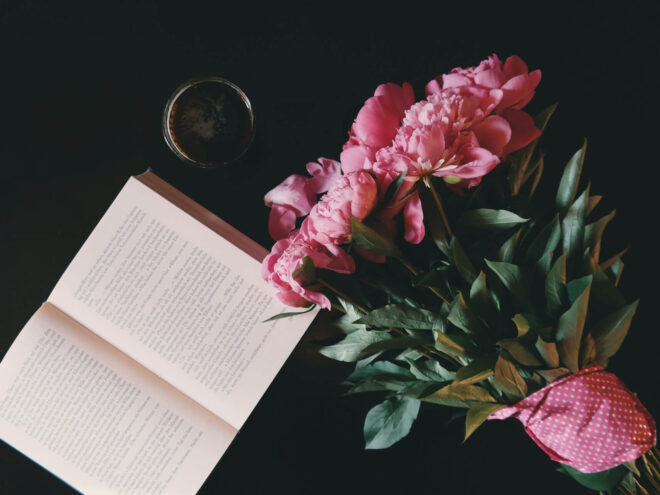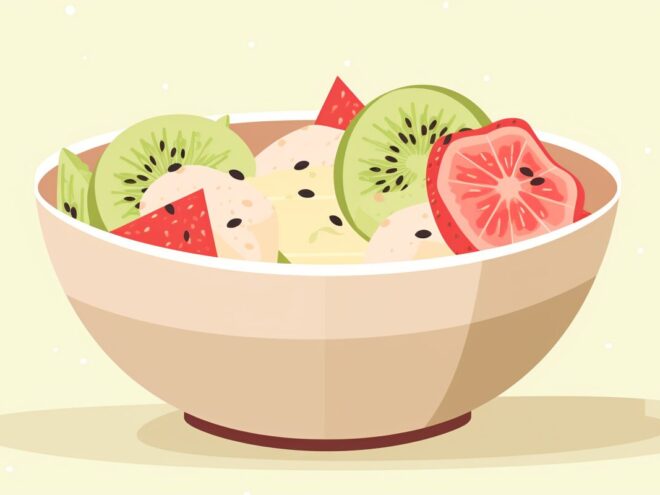Life • 11/29/2021
How to Make Natural Food Coloring and Why It’s Healthier

Revivalist is a reader-supported endeavor and our posts may contain affiliate links. When you buy through links on our site, we may earn an affiliate commission.
The winter holidays are here, so you might be busy in the kitchen. When you’re not making a pot roast or arranging tasteful finger foods for a party, you likely daydream about baking with your loved ones. Many families use food coloring during the holidays to give their desserts a pop of color, but the ingredients could clash with your lifestyle. This guide explains how to make natural food coloring so you can take charge of your health even while indulging during the holidays.
What’s Wrong With Store-Bought Food Coloring?
It’s tempting to pick up ingredients at the store when you’re in a rush. Pre-packaged foods and ready-made meals give you more time to do other things, but they often contain ingredients that go against organic or plant-based lifestyles. Food coloring is especially important to consider before your family starts icing cookies or cakes.
Anyone can buy a pack of food coloring for a few dollars at the grocery store, but what’s in the edible dye? Artificial dyes approved by the FDA give the tiny bottles their vibrant colors. Although the dyes meet the standards set by regulation authorities, they’re artificial additives that don’t work with diets that prioritize all-natural meals and snacks.
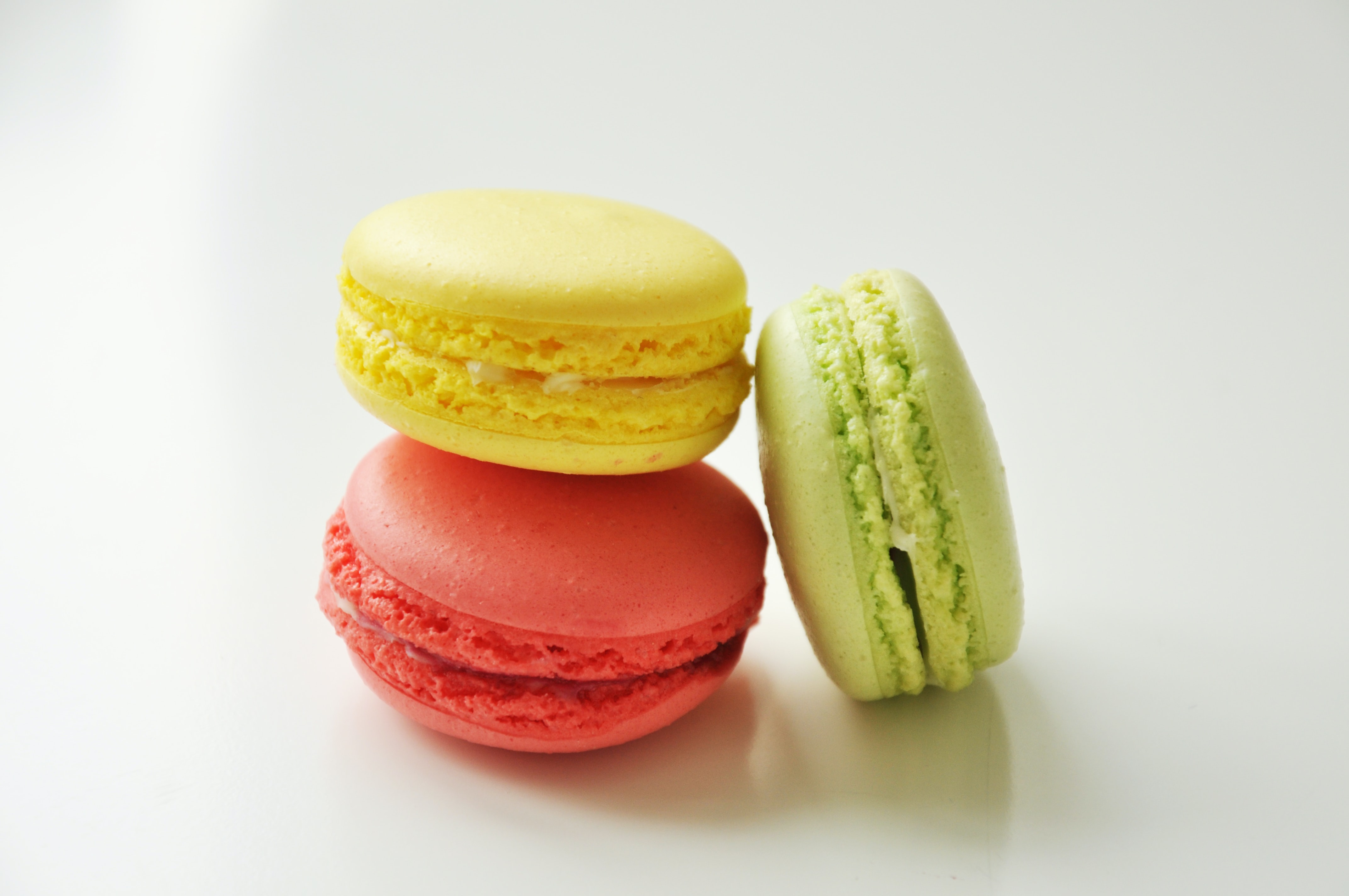
Is Natural Food Coloring Safe for Special Diets?
People with special diets may not want to eat artificial food coloring for their health or ethical priorities. Someone with a plant-based diet avoids artificial sweeteners and processed foods, which rules out additives in food coloring.
Anyone who structures their diet to support imbalanced gut bacteria would also need to avoid food coloring because the additives impact gut microbiome diversity and disrupt the digestive system. The artificial ingredients can affect a person’s health in various ways, which may be why you’re looking for natural food coloring alternatives.
How Do You Make Natural Food Coloring?
The good news is that anyone can make homemade food coloring without prior experience or skill in the kitchen. It’s relatively simple because it uses whole foods to create the custom shade you want for your desserts or meals. In the same way that adding cucumbers to your water could help you lose weight, making dyes with whole foods will also present health benefits.
Try a few of these recipes before it’s time to make icing or other desserts. You’ll know exactly how to make them when everyone arrives to decorate cookies, gingerbread houses and more.
Pink Coloring
Buy a can of beets and add one teaspoon of the drained juice to a blender. Use it to blend ¼ cup of the beets into your preferred shade of pink. Add to icing or other recipes when smooth.
Purple Coloring
Add ¼ cup of blueberries and ⅓ cup boiled purple sweet potato to a blender and blend until smooth. If necessary, thin the mixture out with water or the liquids in your desired recipe.
Yellow Coloring
Boil ¼ cup of water and add ½ teaspoon of ground turmeric. Add ¼ teaspoon turmeric as necessary until you get the yellow color necessary for your baking purposes.
Green Coloring
Measure three tablespoons of water into a blender and add 1 cup of spinach, either fresh or frozen. Blend until smooth.
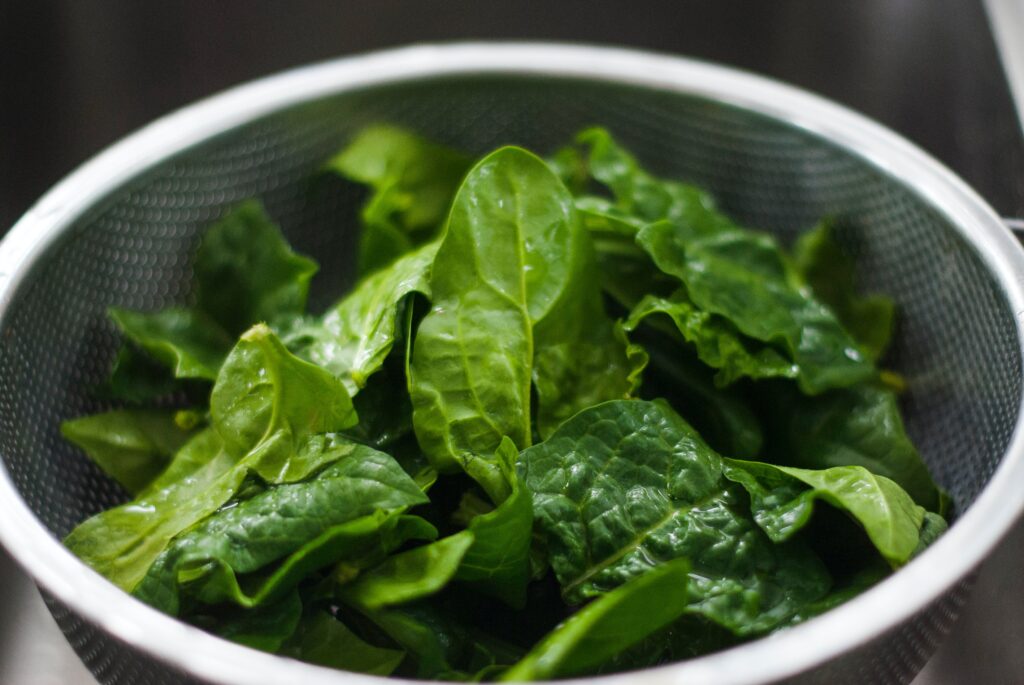
Blue Coloring
Boil red cabbage leaves for 10-15 minutes. Strain the liquid to get rid of the leaves and add a pinch of baking powder to the thick liquid. Mix and add another pinch of baking soda until the purple liquid turns into the right shade of blue.
Brown Coloring
Chop three beets into chunks and boil for 10 minutes. Spoon the pieces out with a slotted spoon and add ⅛ teaspoon of baking soda until the red liquid becomes brown.
Orange Coloring
Juice four carrots and pour the juice into a saucepan. Boil with ½ cups of water and one teaspoon of saffron. After two to three minutes, it will boil into a bright shade of orange.
Red Coloring
Boil ½ cup of water with one teaspoon of powdered tomatoes or powdered beets. Add more powder as needed to reach the hue you need.
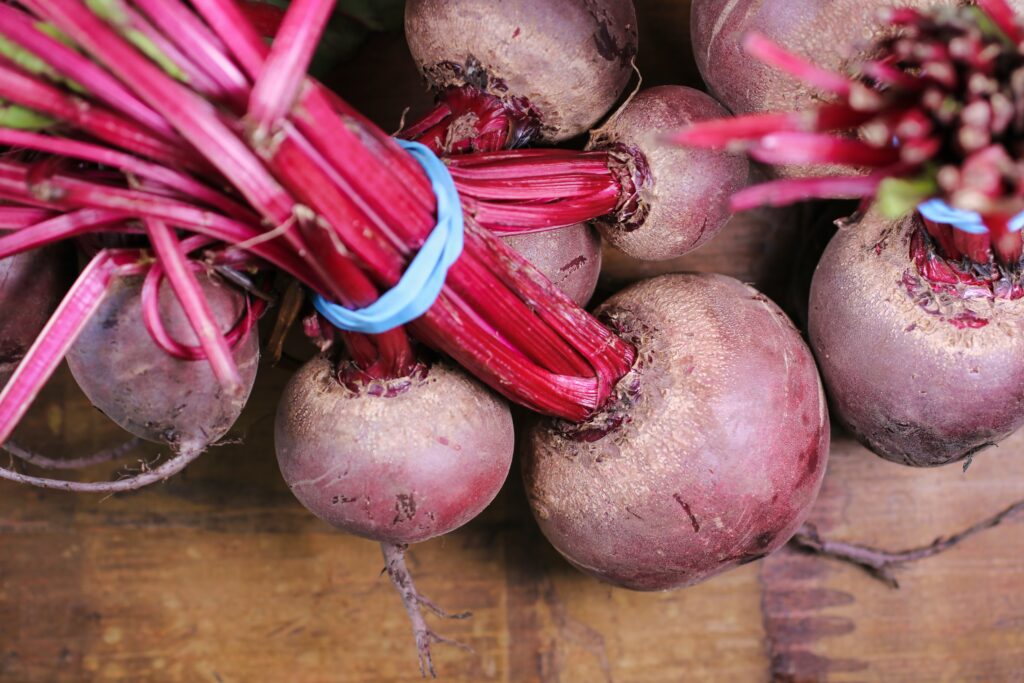
How Can You Use Homemade Food Coloring?
There are many ways to use homemade food coloring once you find your preferred recipes. You can add them to icing made from scratch or make them before your wedding so you can add the colors to your homemade cake. Once you fall in love with all-natural coloring recipes, you’ll use them throughout the year to make your healthy holiday desserts and weekly recipes more vibrant.
Enjoy Cooking With Natural Colors
Now that you’ve read how to make natural food coloring, enjoy making your diet healthier by removing store-bought additives and ingredients. Whether you want to use beets to make pink icing or spinach to greenify your desserts, you’ll find a new way to eat delicious treats without compromising your dietary needs or preferences.
Subscribe to Our Weekly Newsletter
We would love to connect deeper with you!
